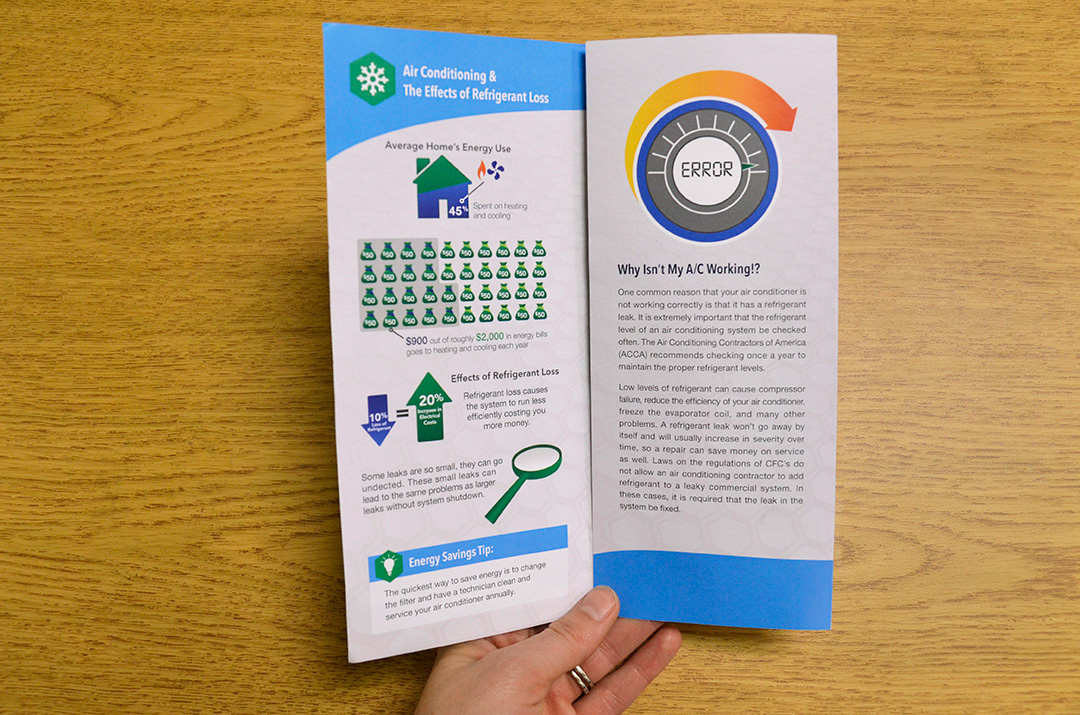The Ultimate Guide To Understanding Warmth Pumps - Exactly How Do They Function?
The Ultimate Guide To Understanding Warmth Pumps - Exactly How Do They Function?
Blog Article
Written By-Hoppe Hanna
The most effective heatpump can conserve you significant quantities of cash on power expenses. They can also help reduce greenhouse gas emissions, particularly if you utilize electricity instead of nonrenewable fuel sources like lp and home heating oil or electric-resistance furnaces.
Heat pumps work significantly the same as ac system do. This makes them a practical alternative to standard electric home furnace.
How They Function
Heatpump cool homes in the summertime and, with a little assistance from electrical energy or natural gas, they provide a few of your home's heating in the wintertime. They're a great option for individuals who want to lower their use of nonrenewable fuel sources yet aren't ready to replace their existing heater and cooling system.
They depend on the physical fact that even in air that appears also cold, there's still power existing: cozy air is always moving, and it wants to move right into cooler, lower-pressure environments like your home.
Most ENERGY celebrity accredited heat pumps run at near to their heating or cooling capacity throughout a lot of the year, decreasing on/off biking and saving energy. For the best efficiency, concentrate on systems with a high SEER and HSPF ranking.
The Compressor
The heart of the heatpump is the compressor, which is likewise referred to as an air compressor. This mechanical streaming device makes use of potential power from power development to increase the stress of a gas by reducing its quantity. It is different from a pump in that it only deals with gases and can not work with fluids, as pumps do.
Atmospheric air enters the compressor via an inlet valve. It circumnavigates vane-mounted arms with self-adjusting size that separate the interior of the compressor, creating multiple dental caries of varying size. The rotor's spin forces these cavities to move in and out of phase with each other, pressing the air.
helpful resources pulls in the low-temperature, high-pressure refrigerant vapor from the evaporator and compresses it into the warm, pressurized state of a gas. This process is duplicated as required to supply heating or air conditioning as called for. The compressor likewise consists of a desuperheater coil that recycles the waste heat and adds superheat to the refrigerant, changing it from its liquid to vapor state.
The Evaporator
The evaporator in heat pumps does the very same thing as it carries out in refrigerators and a/c unit, altering fluid refrigerant right into an aeriform vapor that gets rid of warmth from the space. Heatpump systems would not work without this vital tool.
This part of the system lies inside your home or structure in an interior air trainer, which can be either a ducted or ductless device. It contains an evaporator coil and the compressor that compresses the low-pressure vapor from the evaporator to high pressure gas.
Heatpump take in ambient heat from the air, and after that use electrical power to move that warm to a home or service in home heating setting. That makes them a lot a lot more energy effective than electrical heating systems or heating systems, and since they're using tidy power from the grid (and not burning fuel), they also create much less emissions. That's why heat pumps are such terrific environmental selections. (In addition to a significant reason that they're coming to be so popular.).
The Thermostat.
Heat pumps are terrific options for homes in cool environments, and you can utilize them in combination with standard duct-based systems or perhaps go ductless. They're a terrific different to nonrenewable fuel source furnace or standard electrical heating systems, and they're much more sustainable than oil, gas or nuclear a/c devices.
Your thermostat is the most important part of your heat pump system, and it works really in a different way than a conventional thermostat. All mechanical thermostats (all non-electronic ones) job by utilizing compounds that transform size with boosting temperature level, like curled bimetallic strips or the increasing wax in a cars and truck radiator shutoff.
These strips include two different types of steel, and they're bolted with each other to develop a bridge that finishes an electric circuit linked to your heating and cooling system. As the strip gets warmer, one side of the bridge expands faster than the various other, which causes it to bend and signify that the heating unit is needed. When visit this website is in home heating mode, the reversing valve turns around the flow of cooling agent, to ensure that the outside coil currently functions as an evaporator and the interior cyndrical tube becomes a condenser.